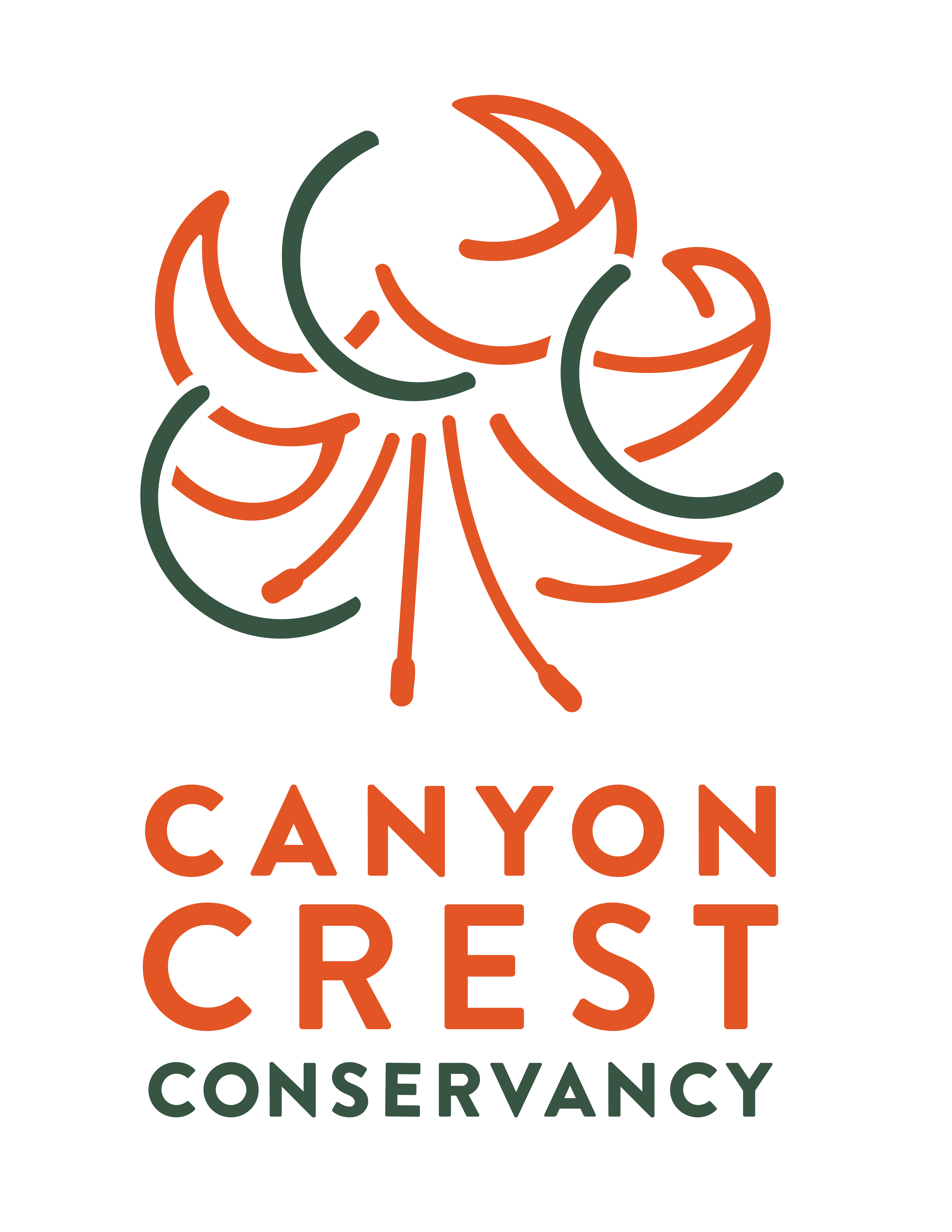One of the greatest gifts we can receive is being one with the natural world around us.
Landscape design and plantings are a wonderful way to encourage local insect life and native wildlife.
-Native plants will save you money on water and provide habitat for birds and bees.
Visit Hahamongna Nursery or Theodore Payne Foundation for more information on native plants.
-Oak trees are protected species. Check local and county ordinances before pruning oak trees.
-Avoid planting invasive plant species, especially if your property is adjacent to Millard or El Prieto canyons. Certain plant species easily spread seeds that can proliferate into the canyons, hogging water and choking out native habitat.
-To keep birds safe, plan to trim trees before nesting season and look for active nesting before trimming.
-Please don’t use rodenticides. Rat poisons work their way up the food chain, poisoning foxes, bobcats, mountain lions, hawks and owls and pose a threat to pets and children. There are many effective, non-toxic methods for controlling rodent population: try an owl box!
-Don’t leave pet food outside as it attracts insects, rodents and larger animals, like coyote and bear. Once wild animals get into human and pet food, they become de-sensitized to our presence, making them more likely to become a “nuisance” animal.
MONARCH BUTTERFLIES
(Courtesy Jaymee Marty and Emily Zakowski, Environmental Defense Fund)
Native Milkweed Species:
1. Narrow leaf milkweed (Asclepias fascicularis )
2. Showy milkweed (Asclepias speciosa )

Western Honey Bee
What can YOU do to help save our local bees?
The most important thing you can do is to stop or limit the use of pesticides
in your yard. Here is a great article with advice for controlling garden pests
without harmful pesticides.
https://www.gardeningchannel.com/bee-friendly-garden-pest-control/
You can also plant bee friendly plants in your garden. Here are some
plants that bees love!
1. Lavandula spp. (Lavender)
2. Rosemarinus officinalis (Rosemary)
3. Salvia spp. (Sage)
4. Echinacea spp. (Coneflower)
5. Helianthus spp. (Sunflower)
6. Cercis spp. (Redbud)
7. Nepeta spp. (Catnip)
8. Penstemon spp. (Penstemon)
9. Stachys spp. (Lamb’s ears)
10. Verbena spp. (Verbena)
11. Phacelia spp. (Bells or Phacelia)
12. Aster spp. (Aster)
13. Rudbeckia spp. (Black-eyed Susan)
14. Origanum spp. (Oregano)
15. Achilliea millefolium (Yarrow)
Like all animals, honey bees need a dependable source of water year round.
The best water sources for bees are ones that won’t go dry in the summer, won’t drown the bees, and won’t be shared with livestock or pets. A shallow pan of water with sticks, marbles or rocks is perfect for bees.
They’ll now have a place to land and won’t drown in the water.
(courtesy of Missy Toy-Ozeas)



